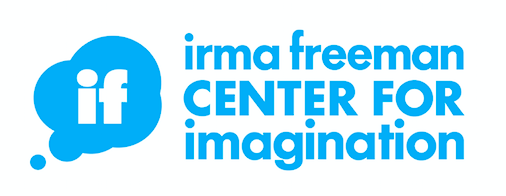LOCAL VOCAL
January 13, 2005VIEWS » LOCAL VOCAL
above a recent work “Slave Ship”/ Meet Biko during gallery hours & receptions. For a closer view click here)
=A Conversation with Biko
Biko is an artist and collector of black memorabilia for his Museum of the African's Experience in America. The Hill District native boasts a collection numbering more than 13,000 pieces, everything from slave shackles to mass-produced Serena Williams dolls. Items are displayed at locations including the Homewood YWCA and Homewood's Alma Illery Medical Center. At the North Side's Foreland Street Gallery, an exhibition of his artwork and memorabilia runs through Jan 15.
How did you start collecting?
I've always been influenced by black-related subjects. The museum started with a button I had in 1969. This top picture here is my great-great grandmother, a slave. Below that, real slave shackles. Below that, my mother and father, 1945, when he came back from Germany. In the center of that, that's Biko, 12 or 13 years old, downtown Pittsburgh, G.C. Murphy's, you stick a dollar in you get four pictures. And on that hat, I've got that Black Panther button. And I've got my tam on and trying to look like a Black Panther at 12 years old.
What was one unlikely find?
One time I was up in Ohio and this guy, straight out of Beverly Hillbillies, he's got on coveralls, he's missing a couple teeth, whatever. He goes, "Oh, ain't you that black guy?" And I'm like [glancing at his forearm], "Yeah, I collect black stuff." He says, "I got something you need." In 1976, Jim Beam came out with all these commemorative bottles of whiskey. So he had an unopened bottle of Jim Beam whiskey, with Crispus Attucks on it. He wants 10 bucks for it. Just because I been raised in this, I automatically said, "Man, you won't take eight?" This guy opens it, takes a drink of it, hands it to me, says, "Hell, son, it's still got Beam in it!"
Here's a mechanical bank.
It's called an "Uncle Remus bank." When you touch that chicken, the cop comes around the side of the house and the black guy jumps back in. I tell kids, "When you see this, this was produced by white people, in 1897, to make it look like all black people are going to rob your house, we're thieves." I say, "But when you go home today, if you turn on BET, not 'White Entertainment Television,' you gonna see black people portraying black people as drug dealers, as thieves, as disrespecting black women." And it just blows my mind.
What's the oldest item whose date you can confirm?
See that slave tag right there? 1841. The man I took my name from, Stephen Biko, he was murdered. He was in South Africa, and he was stopped. He did not have his papers on him. He was arrested. If I didn't have that [tag], and I was walking around in downtown Charleston in 1841, that's my ass.
You have a lot of KKK items.
This right here, 1921, is considered a "lynch pin." Stamped on the back of it are the words "I was there." This represents two brothers that were hung in Kentucky in 1921. If you participate in a lynching, you receive one of these pins.
All these mammy figurines -- they must have been mass-produced.
It's being reproduced right now.
Who buys it?
Everybody buys it. The Klan is still available. You don't know that? And a lot of black people buy it. Like I'll buy something like that, buy it brand-new, make it look old, and they'll buy it just for the memory. 'Cause for me and a lot of black people, this stuff gives you power. Like if you see this and you know this is the way it used to be.
Are you ever surprised at how people interpret your memorabilia?
There are some serious, serious people that don't like it at all. There is a black guy that I have heard of that goes to these flea markets, he'll buy that cookie jar for hundreds of dollars, and at your table, he'll throw it down and destroy it, 'cause he doesn't think those images should be preserved.
Right next to some rapper dolls, here's your own "Pop Quiz."
You see what it's saying? "What saying do Snoop Doggy Dogg, Dr. Dre and the slave trader have in common? 'I never hesitate to put a nigger on his back.'" Because of these fools, shit's happening all the time.
Why do talks for school kids?
They don't have anybody exposing them to this. If I can wake some people up, that's what I'm trying to do.
What are your hopes for the museum?
It started as just a dream, and it's still a dream. There's no building that you can go to right now that is the African's experience in America. But one day there'll be.

